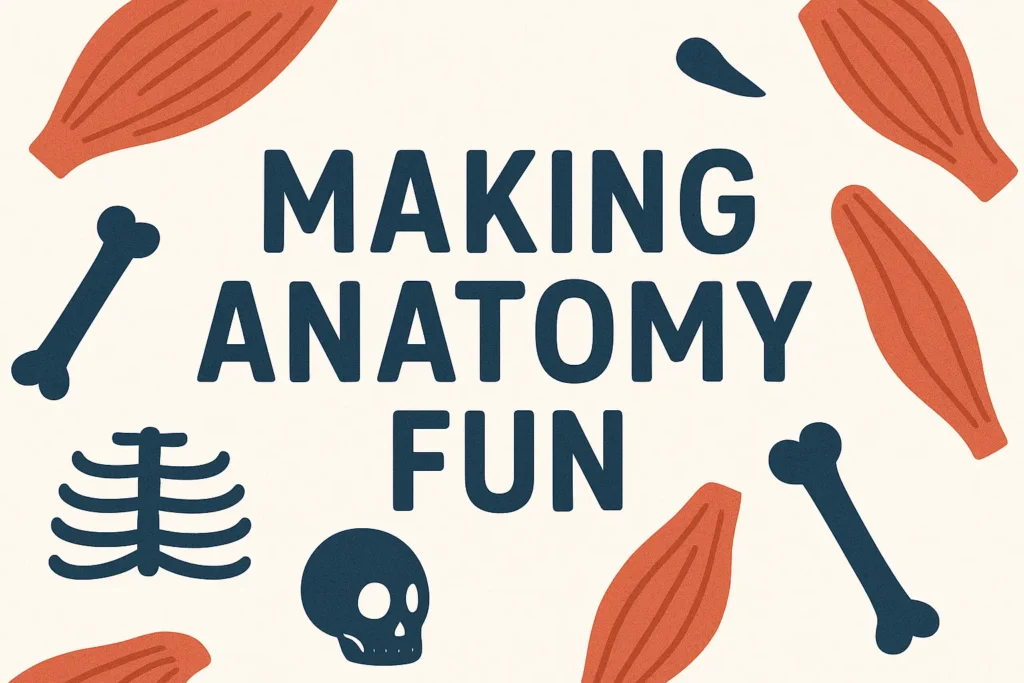Our Mission
We provide healthcare professionals and students with the anatomical foundations needed for precision diagnosis and effective treatment of musculoskeletal conditions. By emphasizing the relationships between structure, function, and clinical manifestations, we help practitioners develop a deeper understanding that translates to improved patient outcomes.
Why Anatomical Understanding Matters
Most treatment failures stem from incorrect diagnosis, and most diagnostic errors arise from insufficient anatomical knowledge. Our approach focuses on:
- Structure-Symptom Relationships: Understanding how specific anatomical structures produce characteristic pain patterns and functional limitations
- Tissue-Specific Assessment: Differentiating between contractile, inert, and neural tissue involvement through targeted examination techniques
- Clinical Reasoning: Developing systematic approaches to isolate the anatomical source of dysfunction

REGIONAL ASSESSMENT
Explore comprehensive approaches to diagnosing conditions by body region, from cervical spine to foot and ankle.
TISSUE DIFFERENTIATION
Learn advanced techniques to determine whether symptoms originate from muscle, tendon, ligament, joint capsule, or neural structures.
TREATMENT SELECTION
Discover how precise anatomical diagnosis leads to targeted intervention selection, improving treatment efficiency and effectiveness.
CLINICAL REASONING
Develop systematic problem-solving skills that integrate anatomical knowledge with patient presentation.
